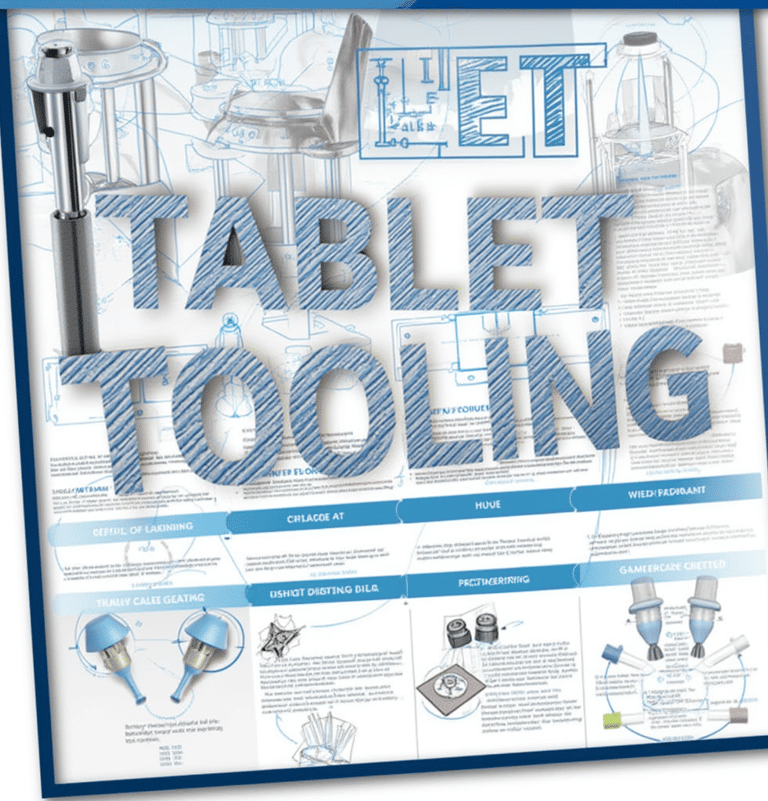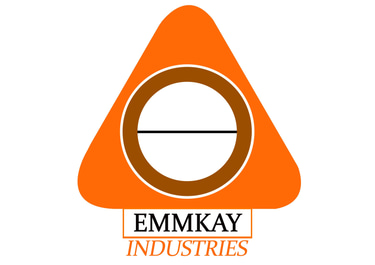Decoding the Essentials of Tablet Tooling


Tablet compression is a cornerstone of the pharmaceutical industry, transforming powdered blends into solid dosage forms that are both easy to handle and consistent in quality. Tablet tooling—the punches and dies crucial to this process—ensures that each tablet meets precise standards for size, shape, and uniformity.
Below, we decode the basics of tablet tooling, from the core components of punches and dies to the significance of critical terminology.
1. What Exactly Is Tablet Tooling?
Tablet tooling refers to the upper punch, lower punch, and die used in a compression machine that shapes powder blends into tablets. These tools guides the compressive force that forms a cohesive, hard tablet of uniform size and shape. Properly designed and maintained tooling guarantees the integrity, consistency, and quality of every tablet—a vital requirement in highly regulated fields like pharmaceuticals.
Key Points
Tooling sets include upper and lower punches plus a die.
High precision in design and fit helps achieve consistent tablet thickness, hardness, and marking.
Maintaining these tools properly ensures minimal defects and higher yield.
2. Unpacking the Anatomy of Punches and Dies
Punches are more than simple metal rods; each segment has a distinct role. The head (including the head flat, dwell flat, and head chamfer) receives pressure from the compression machine. The barrel and neck ensure smooth travel within the turret, while the tip shapes the powder into the finished tablet. A punch may also include a key or woodruff key to prevent rotation when forming uniquely shaped or embossed tablets.
Dies, meanwhile, form the cavity that the tablet occupies. The die height controls thickness and capacity, while the inner diameter shapes the outer dimensions of the tablet. A groove aligns the die in the turret to prevent wobbling, ensuring consistent results.
Punch Anatomy
Head & Head Flat: Receives compression force and maintains pressure.
Barrel & Neck: Guides the punch in the turret.
Tip: Directly forms the tablet shape.
Die Anatomy
Die Height: Determines tablet thickness.
Inner Diameter: Defines tablet perimeter.
Groove: Stabilizes die position in the machine.
3. Key Terminology: Dwell Time, Working Length, and More
Understanding the terminology behind tablet tooling helps optimize production.
Dwell Time – The interval during which the powder remains fully compressed. Longer dwell times can optimize tablet hardness but may reduce throughput.
Working Length – The distance punches travel while inside the die, directly influencing tablet density and hardness.
Tooling Set – A complete set of punches (upper, lower) plus a die for a specific shape and size.
A smooth, precise compression process relies on balancing dwell time, working length, and compression force. Short dwell times speed production but can impair tablet hardness, while longer dwell times enhance hardness but may lower production rates.
Why It Matters for Your Manufacturing
At EMMKAY Industries, we recognize that high-quality tooling can make a profound difference in your manufacturing efficiency and product quality goals. Subtle design features—from the width of a punch tip to the alignment of a die—can significantly reduce defects and boost productivity. By understanding tablet tooling’s anatomy and terminology, you’ll be well on your way to smarter, optimized production in even the most demanding environments.
Summary
Tablet tooling encompasses the punches and dies that shape powders into tablets.
A punch is thoughtfully engineered into head, barrel, stem, and tip to transmit compression force accurately.
Dies with carefully controlled heights and diameters ensure the final tablet meets precise specifications.
Terminology like dwell time and working length is essential to fine-tune production for consistency and throughput.
Maximize your pharmaceutical production efficiency with a deeper understanding of tablet tooling. For more insights on advanced tooling solutions, feel free to explore our website, contact us, or call us.
We look forward to helping you elevate your tablet compression process to new heights!





